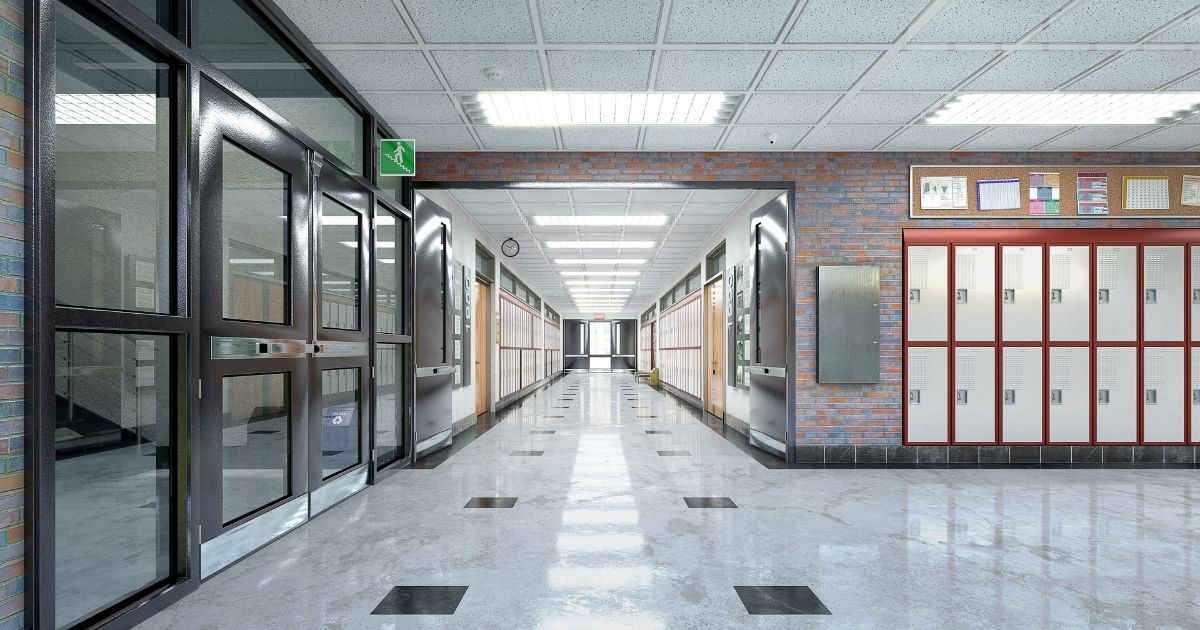While working as an architect, Clemson University professor Anjali Joseph became fascinated with the environmental impact of design on people’s lives. It led her to pursue a master’s degree in architecture with a focus on environment and behavior and eventually to her doctorate at the Georgia Institute of Technology.
“The focus of that whole program was understanding the design of the built environment and how it affects people’s health and well being. How does it impact their behavior in museums? How do kids learn better in schools based on how you design them? So I was really intrigued with that,” said Joseph, endowed chair in architecture and health design and research and associate professor of architecture at Clemson.
Her research has brought more attention to how design impacts our health, especially in the health care setting. Joseph has been able to work with health care groups, architecture firms and nonprofit organizations to get people to understand this relationship.
Joseph says that health care is “something that affects us profoundly.”
 Imagine designing a hospital, she says. A CEO, manager or even a nurse might not know what the latest and the greatest designs are. Researchers like Joseph could come in to provide feedback.
Imagine designing a hospital, she says. A CEO, manager or even a nurse might not know what the latest and the greatest designs are. Researchers like Joseph could come in to provide feedback.
Some things that researchers could think about would be: What are the health care client’s needs? How do researchers support the work of health care workers? How do they improve the quality of life for the patients or the staff? How do they keep them safe?
“My role as a researcher is to really do the research and translate it in a form that the architects in the hospital organization can then use them,” Joseph says.
During the pandemic, the impact on designing health care spaces and workplaces is already being felt.
“We go about our lives to do what we need — we don’t realize how design impacts us. But it impacts us on a personal level in terms of our workspaces, and how we organize ourselves and how productive we are.”
“There’s a lot of conversations around what are workplaces going look like in the future. I don’t know if anyone knows the answer quite yet,” says Joseph. She says many companies are allowing workers to stay at home, which challenges ideas on the layout of office space.
There is also a huge question of social distancing in the workplace. “Are they going to be open spaces? Are they going to be enclosed? Do we need some sort of barriers around it?” Joseph asks. “These are conversations that will be happening, for sure.”
Overall, Joseph says people should understand how architecture is “an inherent part of everything,” and they should be aware of that and to work for healthier workspaces.
“We go about our lives to do what we need — we don’t realize how design impacts us,” she says. “But it impacts us on a personal level in terms of our workspaces, and how we organize ourselves and how productive we are.”
The post How does architecture affect health? More than you think, says Clemson professor appeared first on UPSTATE BUSINESS JOURNAL.










